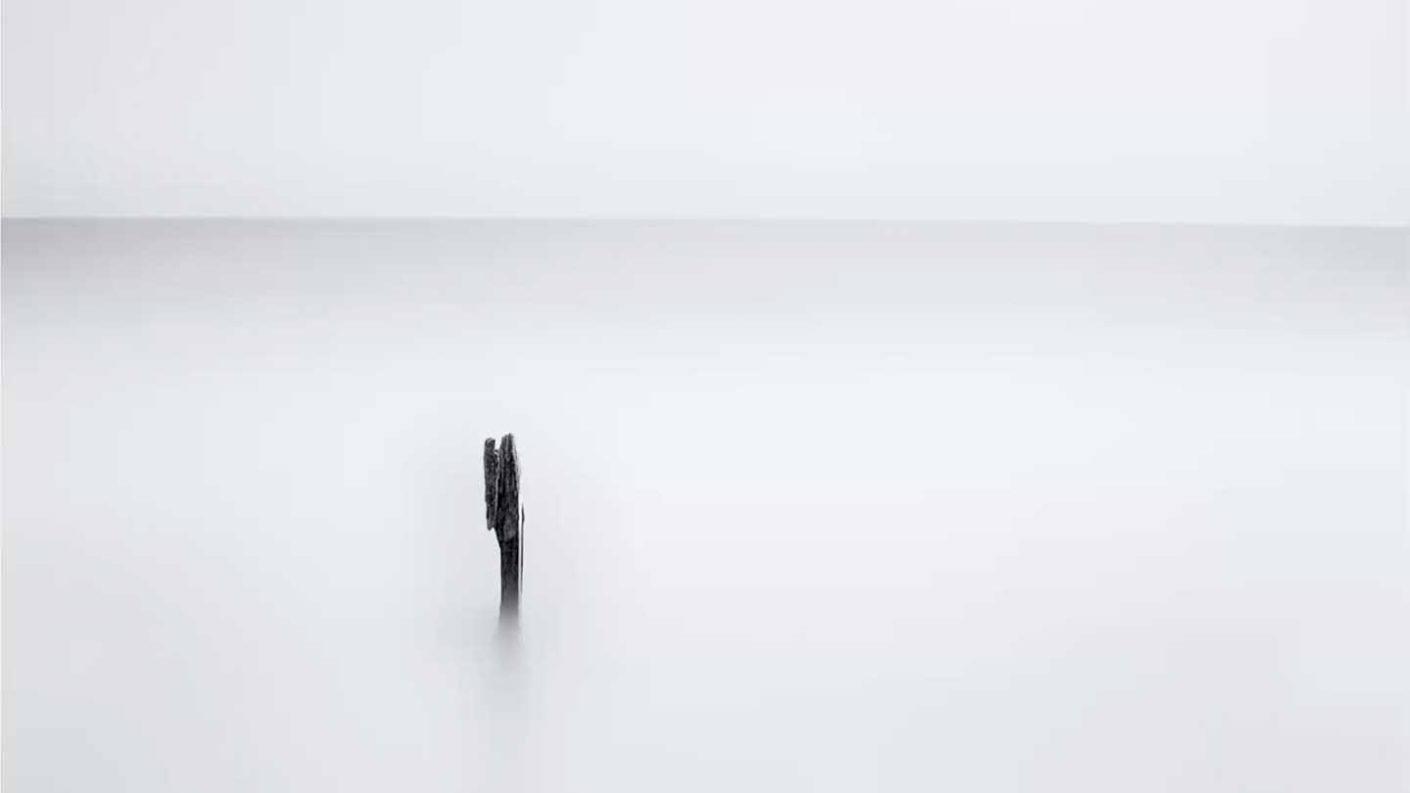I spoke to Paul Sanders, a professional fine art photographer, Fujifilm ambassador, speaker and photography mentor. During our conversation about the benefits of photography and its use as a means of self-expression, Paul explained how he keeps ‘the maths’ of long exposure simple.
A strong neutral density filter is usually required during the day to get exposures measured in minutes rather than seconds. Paul uses a 10-stop Lee Filters Big Stopper.
Most cameras can only calculate and time exposures up to 30 seconds. That means you need to measure the exposure without a filter and then do a bit of maths to find the exposure with the filter.
As Paul explains in the video, he has a neat trick which helps him get the correct exposure without having to count on his fingers and toes or reach for a smartphone app. It’s a useful guide to use whether you’re shooting a fountain in your garden pond or a post-lockdown ocean.
01 Set-up and compose the shot
The first step is to set-up your camera on a sturdy tripod. If there’s a strong breeze, you may need to weight your tripod to keep your camera completely still and avoid any vibration.
Then compose the image as you would normally.
02 Set the aperture
In manual exposure mode, set the aperture that you want to use and check what shutter speed is required for a correct exposure without any filters. If they exposure is 1/4sec, you’re ready to jump to step 4, otherwise go to step 3.
03 Use a standard neutral density filter
Use a 2 or 3stop neutral density (ND) filter, and tweak the sensitivity and/or aperture to get the exposure time to 1/4sec.
04 Fit the Big Stopper
A Lee Filters Big Stopper filter cuts out 10stops (or 10Ev) of light so it extends a 1/4sec exposure to 4 minutes. If necessary, switch to bulb mode, or extend the shutter speed until your camera is in Bulb mode.
05 Time the shot
Using your remote release, start the exposure and lock the release so the shutter stays open. Time the exposure on your watch or phone. Once the shutter has been open for 4 minutes, unlock the release to end the exposure.
Using Paul’s approach means that you only have to remember one set of numbers. However, it’s easy to calculate that a 10Ev filter takes a 1/2sec exposure to 8 minutes while a 1/sec exposure becomes 2minutes.
Visit Paul Sander’s website
Follow Paul on Facebook
Follow Paul on Instagram



